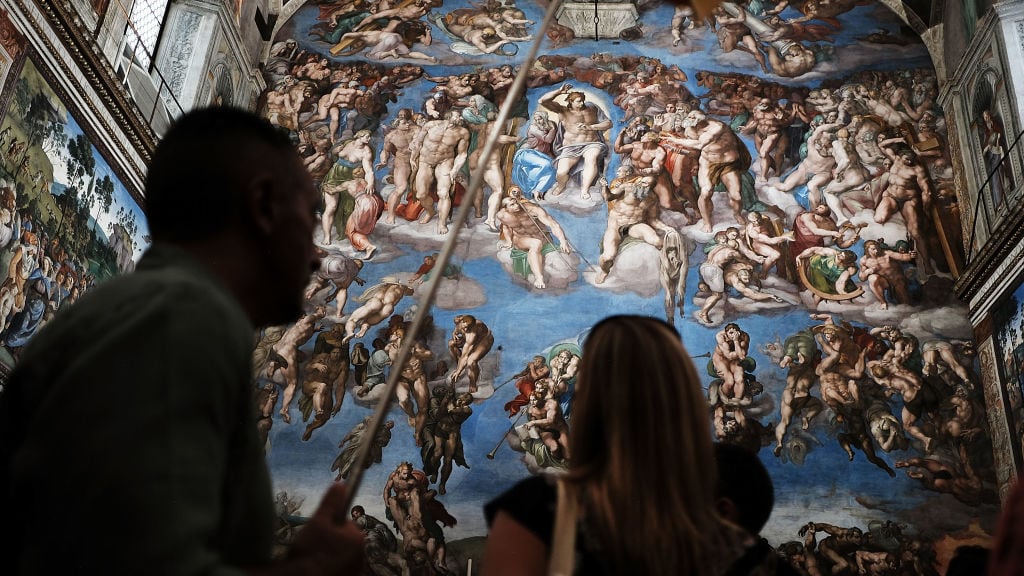When tourists walk through the immense halls of the Vatican Museum, they usually hurry to reach the last part of the tour and appreciate the imposing Sistine Chapel, with the ceiling and fresco of the “Last Judgment” painted by Michelangelo.
This place, which is among the most famous in the world and can only be appreciated for a few minutes before the guards invite tourists to leave, is the chosen location by the Catholic Church to hold the conclave where the election of the new pope takes place. The first conclave in the Sistine Chapel took place in 1492 and since 1878 it has been the permanent seat of this process.
PUBLICIDAD
After Francisco’s passing, the College of Cardinals announced that the conclave to elect his successor will begin on May 7th, and for that reason, the Sistine Chapel was closed to the general public.
Why is the conclave held in the Sistine Chapel?
The Sistine Chapel is located inside the Apostolic Palace in the Vatican and, in addition to its symbolic importance, is chosen for the conclave due to its strategic location and its enclosed structure, which guarantees absolute isolation during the voting process.
This space becomes a safe and private environment, allowing the cardinals to make a decision without external interference, thus preserving the secrecy and tradition surrounding this election.
During the conclave, the elector cardinals are literally locked up, a practice that gives rise to the term “conclave” from the Latin “cum clave” (with + key). They remain without contact with the outside world until a consensus is reached. To ensure privacy, special systems are installed and any access to external communications is blocked.
Up to four votes are held daily, and if a candidate does not achieve two-thirds, the conclave is suspended until the next day. The cardinals are taken by bus to the Domus Sanctae Marthae, where the same isolation conditions from the outside world are maintained.
Benedict XVI was elected on the fourth ballot and Francis on the fifth.
The moment when white smoke rises from the chimney of the Sistine Chapel towards the sky is the signal for the faithful that a new pope has been elected.
When was the Sistine Chapel built?
Built between the years 1473 and 1481 by order of Pope Sixtus IV, from whom it takes its name, the Sistine Chapel is considered one of the greatest treasures of art and religion. It is part of the Apostolic Palace complex and, beyond its ceremonial function, has become a symbol of universal culture.
The ceiling of the Sistine Chapel, painted between 1508 and 1512 by Michelangelo, is one of the masterpieces of the Renaissance. The grandeur of this decoration is complemented by the imposing fresco of the “Last Judgment,” which the artist completed in 1541 above the high altar.
Its sober architecture highlights even more the visual richness that adorns its interior, making it a place where spirituality, art, and history come together in perfect harmony. Every year, millions of visitors from around the world pass through the doors of the Vatican to admire this unique enclosure.
